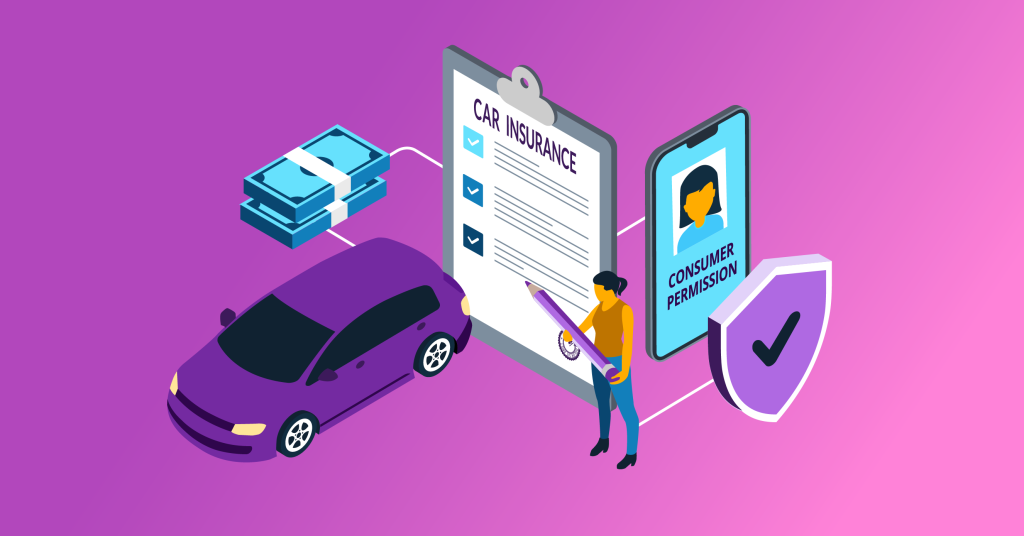In 2025, the car insurance industry is experiencing a dramatic shift. Traditional auto insurance, based on static factors like age and zip code, is being replaced by usage-based insurance (UBI) — a model that prices premiums based on actual driving behavior. This transformation is not only fairer for safe drivers but also leverages cutting-edge technologies like telematics, GPS tracking, and data analytics to provide more accurate, affordable, and personalized auto coverage.
What is Usage-Based Insurance (UBI)?
Usage-based insurance is a model that determines your car insurance premium based on how, when, and how much you drive. Unlike flat-rate traditional policies, UBI calculates your rate using real-time data collected from your vehicle through devices or smartphone apps.
The Rise of Telematics Technology
At the core of UBI is telematics—a blend of telecommunications and informatics. Telematics devices, either embedded in cars or plugged into the OBD-II port, track metrics such as:
- Speed
- Braking patterns
- Acceleration
- Mileage
- Time of day driving
This data is sent to insurers who analyze it to determine risk and adjust premiums accordingly.
Types of Usage-Based Car Insurance Programs
There are two major types of UBI models:
- Pay-As-You-Drive (PAYD): Premium is based on total mileage.
- Pay-How-You-Drive (PHYD): Premium is based on driving behavior.
Some insurers even offer Manage-How-You-Drive (MHYD), which rewards improvements over time.
Benefits of UBI for Drivers
1. Personalized Premiums
Drivers pay what they actually deserve—low-risk drivers enjoy lower rates.
2. Safer Roads
Knowing that behavior is monitored, drivers tend to be more cautious.
3. Cost Savings
People who drive less or drive safer can save up to 30–50% on premiums.
4. Real-Time Feedback
Mobile apps provide instant feedback and coaching to improve driving skills.
Privacy Concerns and Data Security
Despite its benefits, UBI raises concerns over data privacy. Customers are wary of how their driving data is used and stored. In 2025, insurers must ensure robust data encryption, transparent policies, and opt-in models to gain consumer trust.
Insurance Companies Leading the UBI Trend
Top insurance providers are embracing usage-based models to meet consumer demand:
- Progressive Snapshot
- Allstate Drivewise
- State Farm Drive Safe & Save
- GEICO DriveEasy
These programs are now enhanced with AI and machine learning for even more precise risk modeling.
Impact on High-Risk Drivers
Interestingly, UBI also opens the door for high-risk drivers (e.g., young drivers, those with past violations) to redeem themselves. If they consistently demonstrate safe driving habits, their premiums can be adjusted over time, unlike traditional fixed rates.
UBI and Electric Vehicles (EVs)
As EV adoption increases, UBI fits well with their digital infrastructure. Most electric vehicles are already equipped with connectivity features, making telematics data easy to collect. In addition, UBI encourages eco-conscious driving behavior.
Regulatory and Legal Outlook
Governments are increasingly supporting UBI through legislation that promotes fairer pricing and transparency. However, in 2025, regulators are also stepping in to ensure insurers don’t unfairly penalize drivers or misuse personal data.
Future of UBI: Where is it Heading?
By 2030, it’s predicted that over 70% of auto insurance policies will be usage-based. We’re also seeing the rise of:
- AI-driven premium adjustments
- Gamification of safe driving
- Integrated insurance with ride-sharing apps and fleet services
The UBI model is becoming smarter, more dynamic, and deeply integrated with the smart mobility ecosystem.
Conclusion
Usage-based car insurance is not just a passing trend—it’s the future of auto coverage. In 2025, it’s offering fairer premiums, promoting safer roads, and pushing the industry toward greater transparency and personalization. For drivers, it means better control over costs. For insurers, it’s a leap toward smarter risk assessment. The road ahead is digital—and UBI is driving the way.



